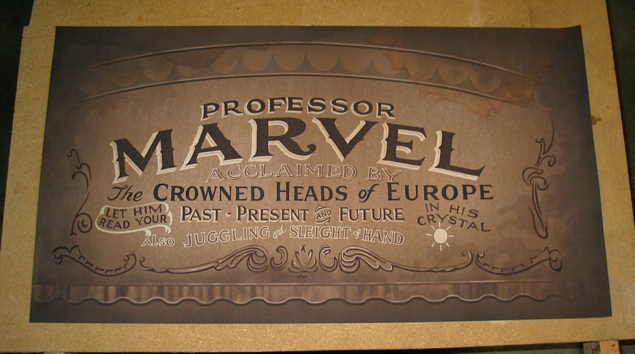 I was looking back at posts I never finished writing, and found one inspired by a December 2007 story on fantasy author Troy (Tompkins) CLE in a local section of the New York Times. The article’s opening hook was how CLE had created a fictional publicist for a press release for his self-published fantasy novel.
I was looking back at posts I never finished writing, and found one inspired by a December 2007 story on fantasy author Troy (Tompkins) CLE in a local section of the New York Times. The article’s opening hook was how CLE had created a fictional publicist for a press release for his self-published fantasy novel.
A similar press release dated May 2007 and preserved on the Hip Hop Cosign explains how CLE wasn’t just his own publicist, he was also the book’s original publisher:
When Troy couldn’t find an agent or major publisher for his novel, he published it himself with the help of David Finn, co-founder of the worldwide corporate PR firm, Ruder & Finn, and then created a fictitious publicist to get the word out.
Though that raises a question: If the
co-founder of a “worldwide corporate PR firm” (which actually prefers to be called “
Ruder Finn”) is helping to publish your book, why do you have to create a publicist? Isn’t that the one type of expert you already have behind you?
That same May 2007 release says of the book:
Combining the best and hottest elements of fantasy, science fiction, hip-hop, video gaming, Nascar and Anime, “The Marvelous Effect” has been likened to a “Black Harry Potter,” for the outrageous adventures, over the top sci fi gadgets and memorable characters Troy has created, as well as the passion it elicits from the hundreds of high schools [sic] students in some of the toughest neighborhoods who’ve attended Troy’s readings.
So CLE’s fictional publicist didn’t lack audacity.
After the
Times story, some publishing pros criticized CLE’s tactic. MediaBistro’s Galleycat countered by asking,
“Is Having An Imaginary Publicist So Wrong?”Even asking that question seems quaint now that publishing staffs have been decimated and publicity efforts outsourced. Worldwide media conglomerates are asking first-time authors what
they can do on their own to push book sales.
Furthermore, CLE’s method worked. His press release about a reading caught the attention of someone at Simon & Schuster. The company saw enough potential in the Marvelous World series to republish the first book,
The Marvelous Effect, and this month is bringing out the second,
Olivion’s Favorites. (So this posting isn’t two years late, after all.)
I see two downsides to marketing one’s book through a fake publicist or the story of one, however. The first is that it makes natural cynics like me even more suspicious of any claims. Just who was likening
The Marvelous Effect to a “Black Harry Potter”? Did Simon & Schuster really offer “a six-figure advance” for CLE’s book rights? Beyond cross-cultural name-dropping, what exactly is a hybrid of hip-hop,
anime, and NASCAR?
And the second pitfall is that publicity can draw attention to a book for the wrong reasons. There are two ways to promote a novel: the story
in it, and the story
of it. The second can bring attention (CLE was on
Tavis Smiley’s talk show and PBS’s
Now) and initial sales, but only the latter can please readers and lead to lasting sales.
As I’ve
written before, the story of
Harry Potter (impoverished single mother finds magical riches!) produced the book’s first spate of publicity in Britain, and dovetailed surprisingly well with the story in
Harry Potter (impoverished orphaned boy finds magic and riches!). If the book hadn’t delivered, however,
J. K. Rowling’s life story would have been a flash in the British tabloid pan.
I’m not seeing the same overlap between how CLE steered himself to publication and what I read of his hero, Louis Proof, who sets out to win a radio-car race in a junkyard and ends up in a coma. (The fact that the opening chapter is all circumstance and no character doesn’t help.)
And as for the series’s potential as a “Black Harry Potter,” the first book’s jacket showed African-American characters. Its paperback and the second book have abstract science-fiction images on the front.
 NPR and Time have both run stories about a new exhibit/book from the Norman Rockwell Museum in Stockbridge that discusses the painter’s use of photographs in detail. Not that Rockwell hid the fact that he used photos as well as live models and his imagination.
NPR and Time have both run stories about a new exhibit/book from the Norman Rockwell Museum in Stockbridge that discusses the painter’s use of photographs in detail. Not that Rockwell hid the fact that he used photos as well as live models and his imagination.

































